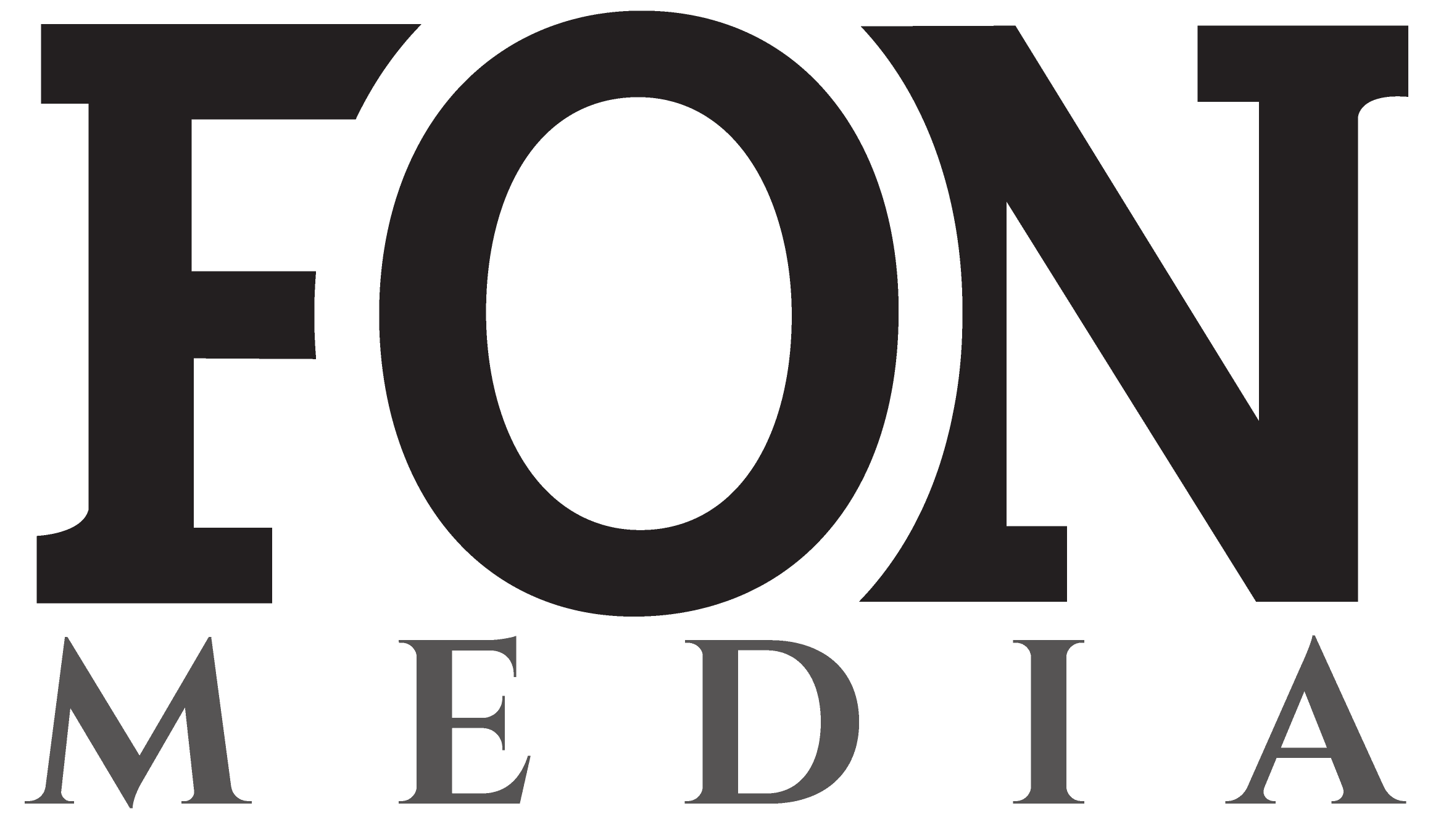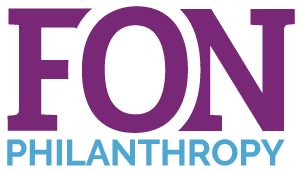In an era of rapid technological change, how you consume news is evolving faster than ever before. The latest FON Media Survey sheds light on these shifting patterns, offering valuable insights into the modern media landscape. As a savvy consumer, you’re likely aware of the myriad options available for staying informed. However, the survey results may surprise you, revealing unexpected trends in platform preferences, content consumption habits, and trust in various news sources. Understanding these developments is crucial for navigating the complex world of information in today’s digital age. Let’s delve into the key findings and explore what they mean for you and the future of news consumption.
Diverse News Sources Dominate FON Media Respondents’ Consumption Habits
Traditional and Digital Platforms Coexist
The FON Media survey reveals a rich tapestry of news consumption habits among respondents. Traditional media outlets continue to hold sway, with 52.78% of participants citing television as a primary news source. Equally popular are online news sites, also garnering 52.78% of responses. This parity underscores the ongoing relevance of established media formats alongside digital platforms.
Social Media’s Growing Influence
Social media emerges as a significant player in the news landscape, with 50% of respondents relying on these platforms for information. This trend highlights the increasing role of user-generated content and peer-to-peer news sharing in shaping public discourse.
Specialized and Premium Content
Interestingly, 27.78% of survey participants indicated a preference for paid or premium news services. This suggests a willingness among some consumers to invest in high-quality, curated content. Additionally, podcasts (30.56%) and blogs (25%) have carved out notable niches, reflecting a desire for more in-depth, specialized news coverage.

Streaming Services and Social Media Platforms Emerge as Key News Channels
The Rise of Digital News Consumption
In today’s fast-paced digital landscape, traditional news sources are facing stiff competition from emerging platforms. The FON Media Survey reveals a significant shift in how people access and consume news content. Streaming services and social media platforms have become increasingly popular channels for staying informed, challenging the dominance of conventional media outlets.
Social Media: A Double-Edged Sword
According to the survey, 50% of respondents rely on social media for news and information. Platforms like Facebook (66.67%) and Twitter/X (38.89%) lead the pack, offering real-time updates and diverse perspectives. However, this trend raises concerns about the spread of misinformation and the creation of echo chambers.
Streaming Services: The New Frontier
While only 16.67% of respondents currently use streaming platforms for news, this emerging trend is worth noting. Services like Roku, Peacock, and Max are expanding their news offerings, providing on-demand access to current events and in-depth reporting. As these platforms continue to evolve, they may reshape the future of news consumption.

Age and Political Affiliations Shape Respondents’ News Preferences
Demographic Insights
The FON Media survey reveals intriguing patterns in news consumption based on age and political leanings. A significant 61.11% of respondents fall within the 50-75 age bracket, suggesting a mature audience with established media habits. This demographic tends to favor traditional news sources, with TV and online news sites each capturing 52.78% of respondents’ attention.
Political Landscape and Media Choices
Political affiliations play a crucial role in shaping news preferences. An overwhelming 70.59% of survey participants identify as Republican, which may influence their choice of news outlets and perception of media accuracy. This political homogeneity could explain the popularity of certain news sources and the skepticism towards others.
Evolving Media Landscape
Despite the dominance of traditional media, the survey indicates a shift towards digital platforms. Social media serves as a primary news source for 50% of respondents, highlighting the growing importance of these platforms in disseminating information. Additionally, the high usage of iPhones (75%) and computers (69.44%) for news consumption underscores the increasing reliance on mobile and digital technologies for staying informed.
Conclusion
As the FON Media Survey demonstrates, news consumption habits continue to evolve rapidly in the digital age. The shift towards online and mobile platforms shows no signs of slowing, presenting both challenges and opportunities for media organizations. To remain relevant, you must adapt your content and delivery methods to align with these changing preferences. Pay close attention to the rise of social media as a news source, especially among younger demographics. By embracing innovation while maintaining journalistic integrity, you can continue to inform and engage audiences effectively. The media landscape may be in flux, but quality reporting and compelling storytelling will always have an essential place in society.






